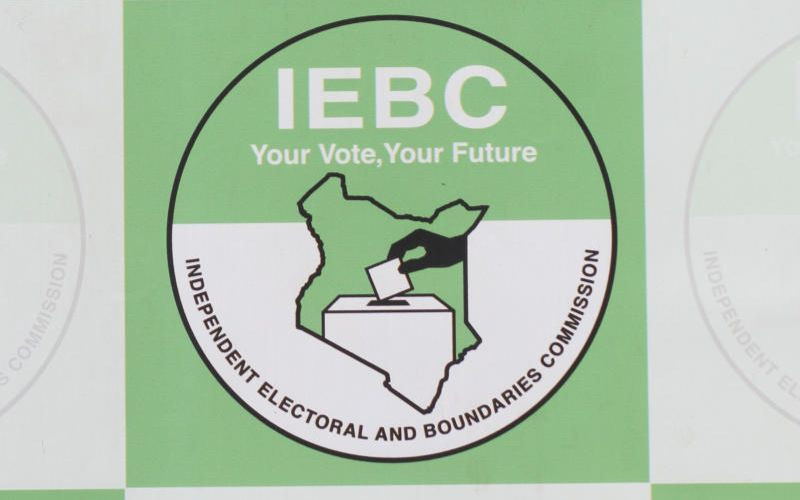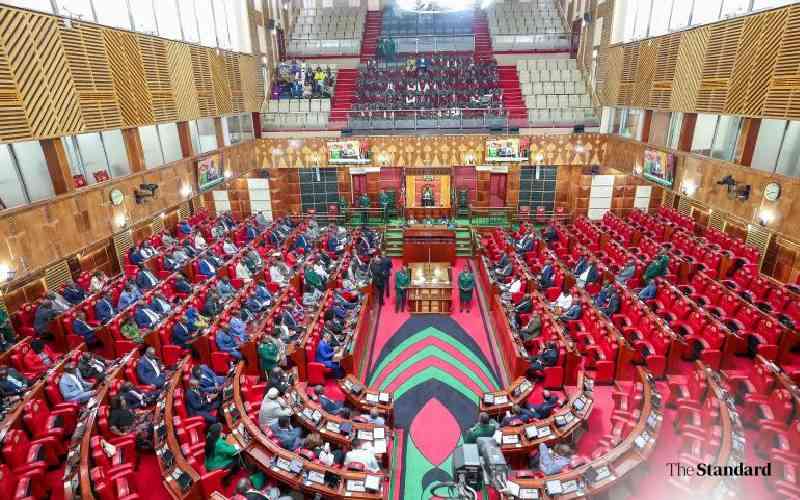
Kenya re-introduced multi-party politics in 1991. This led to the formation of ethnic parties to jostle for the presidency with different parties assuming different strategies to suit their ethnic compositions.
In the 1992 presidential elections, the Kamatusa group, which comprised of Kalenjin, Maasai, Turkana and Samburu ethnic groups, was founded by Kanu leaders. The group decided to expel people from opposition-leaning ethnic groups and clashes followed where more than 2,000 people were killed, property worth over Sh56 million was destroyed and more than 20,000 families displaced in Coast and Rift Valley provinces.
In 1997, ethnic clashes in the coastal region preceded the presidential election. About 25,000 families were displaced, 120 lives lost and property worth Sh60 million lost in Rift Valley Province. The 2002 presidential elections were largely peaceful.
The ethnic conflict that surrounded the 2007 presidential elections was the most intensive in the history of Kenya. The Commission of Inquiry into the Post-Election Conflict (Cipev) reported that the conflict had led to 1,133 deaths. Most of the deaths were in the Rift Valley (744), Nyanza (134) and Nairobi (125). Grave injuries totalled 3,561. Approximately 350,000 people were displaced.
In the period surrounding the 2013 presidential election, 477 lives were lost and 118,000 people displaced. In the 2017 elections, as at October 9, 2017, at least 37 persons, including a six-month-old had died in clashes between State agencies and opposition supporters.
In the 2017 election, there were numerous reported cases of police brutality against demonstrators and supporters of NASA even before the decision to nullify the election was rendered. Human Rights Watch linked up to 33 deaths directly to the police. Aside from the killings, police injured hundreds more in Nairobi.
There have been several constitutional attempts to address electoral violence. The first was the power-sharing arrangements that obtained between 2007 and 2013, described by experts as consociation. That arrangement was established by insertion of a new section 15A into the Constitution of 1969 and the enactment of the National Accord and Reconciliation Act No 4 of 2008, which expanded the executive by creating offices of the prime minister, two deputies and an over-sized Cabinet.
A second attempt has been the enactment of a raft of legal provisions collectively termed as 'Nation Building Measures'. These included the promotion of common official languages and institutionalisation of compulsory and free basic education. It is intended that education will impart nationalistic values in young people through a common educational curriculum.
The third is the promotion of ethnic-minded quota systems. Parliament has established an agency under the National Cohesion and Integrity Commission Act. Its key objective is to "facilitate and promote equality of opportunity, good relations, harmony and peaceful co-existence between persons of different ethnic and racial communities of Kenya and to advise the government on all aspects thereof."
A third attempt has been the enactment of Article 138 (4) of the 2010 Constitution, which changed the threshold for winning the presidency. The Article provides that the winner must garner “50 per cent plus one of all votes cast and at least 25 in 24 counties”. It was thought this would incentivise serious presidential contenders to seek support beyond their ethnic groups, hence promote ethnic solidarity and harmony. This is called centripetalism.
A fourth attempt has been devolution. Article 174 (b) of the Constitution provides that "one of the objectives of devolution is to encourage national unity by appreciating diversity". Devolution was meant to reduce the concentration on the presidency, hence address ethnic conflict in every electoral cycle. The electorate now can elect governors in their own county. In addition, each governor and county government has a devolved budget they can work with for better redistribution of resources. The constitution provides a framework for the prosecution of ethnic hate speech.
As explained by Donald Horowitz in his paper, "Many uses of federalism", there are several ways by which devolved units can have benign effects on ethnicity. First, devolved units that are below the national government do allow an ethnic group that is a minority in a country as a whole but a majority in a sub-state unit to exercise governmental power in ways that would be foreclosed if the whole country were one undifferentiated territory.
Second, the existence of counties can quarantine conflict within their boundaries. Horowitz gave an example of ethnic conflict in Malaysia that tends not to spread from one unit to another due to devolution. He cited the Nigerian First Republic (1960-1966), which had three major territorial units where every localised ethnic conflict threatened to engulf the whole country and ultimately did in the Biafra War. In the restructured Second and Third Republics, with larger numbers of sub-states, “many ethnic issues have become sub-national issues limited to one state at a time.”
Third, devolution can address discontent by way of special and asymmetric arrangements in ethnic regions with distinctive identities. For example, in Indonesia, devolution has enabled Aceh County to impose Islamic law without devolving such power to other sub-national units. The same applies to Quebec's special identity in Canada. Kenya's devolution is not asymmetrical. But devolution, where required, can have special dispensations possible, particularly at the periphery, without destabilising the centre.
Stay informed. Subscribe to our newsletter
Fourth, in ethnically heterogeneous countries like Kenya, devolution provides an avenue upon which politicians from various ethnic groups encounter each other, familiarise with each other, bargain, and get to know and understand the needs and aspirations of other ethnic groups before rising to the national level where complex and delicate issues of national importance may need to be resolved.
Fifth, splitting a country into devolved units can create incentives for political actors to look at some issues in terms of competition between counties rather than among ethnic groups.
Six, it activates sub-ethnic cleavages which drop conflict downwards to the sub-national level to the inter-ethnic level. Prior to India’s reorganisation of states along ethnic lines in the 1950s, the undivided original state of Madras always suffered ethnic conflicts between Tamil and Telugu communities. The state reorganisation partitioned these two groups, with Telugus finding themselves in Andhra Pradesh and Tamils in Tamilnadu, cleavages changed dramatically. With Tamils gone, in Andhra, for example, the three intra-Andhra territorial groups fights began. Ethnic groups are malleable and one stimulus for that is territorial context.
Finally, ethnicity does have an incentive for inter-ethnic alignments and coalitions. Horowitz gives an example of Hausa-Fulani in Nigeria who could no longer govern essentially alone after devolved units were increased, hence compelling their political party to seek genuine coalitions with other groups.
However, devolution has demerits. They include costs because of duplication of functions, facilities, personnel, and infrastructure. Other related demerits include jurisdictional disputes and corruption, which has now become rampant in Kenya.
Notwithstanding the attempts as mentioned above, the problem of ethnic conflict in every presidential election cycle has persisted in Kenya.
This justifies BBI proposals to strengthen these measures. Devolution will be strengthened by devolving more funds. Consociational democracy will be embedded in the Constitution by expanding the executive and introducing proportional representation electoral system.
Mr Kang'ata is the Chief Whip, Senate
 The Standard Group Plc is a
multi-media organization with investments in media platforms spanning newspaper
print operations, television, radio broadcasting, digital and online services. The
Standard Group is recognized as a leading multi-media house in Kenya with a key
influence in matters of national and international interest.
The Standard Group Plc is a
multi-media organization with investments in media platforms spanning newspaper
print operations, television, radio broadcasting, digital and online services. The
Standard Group is recognized as a leading multi-media house in Kenya with a key
influence in matters of national and international interest.
 The Standard Group Plc is a
multi-media organization with investments in media platforms spanning newspaper
print operations, television, radio broadcasting, digital and online services. The
Standard Group is recognized as a leading multi-media house in Kenya with a key
influence in matters of national and international interest.
The Standard Group Plc is a
multi-media organization with investments in media platforms spanning newspaper
print operations, television, radio broadcasting, digital and online services. The
Standard Group is recognized as a leading multi-media house in Kenya with a key
influence in matters of national and international interest.






